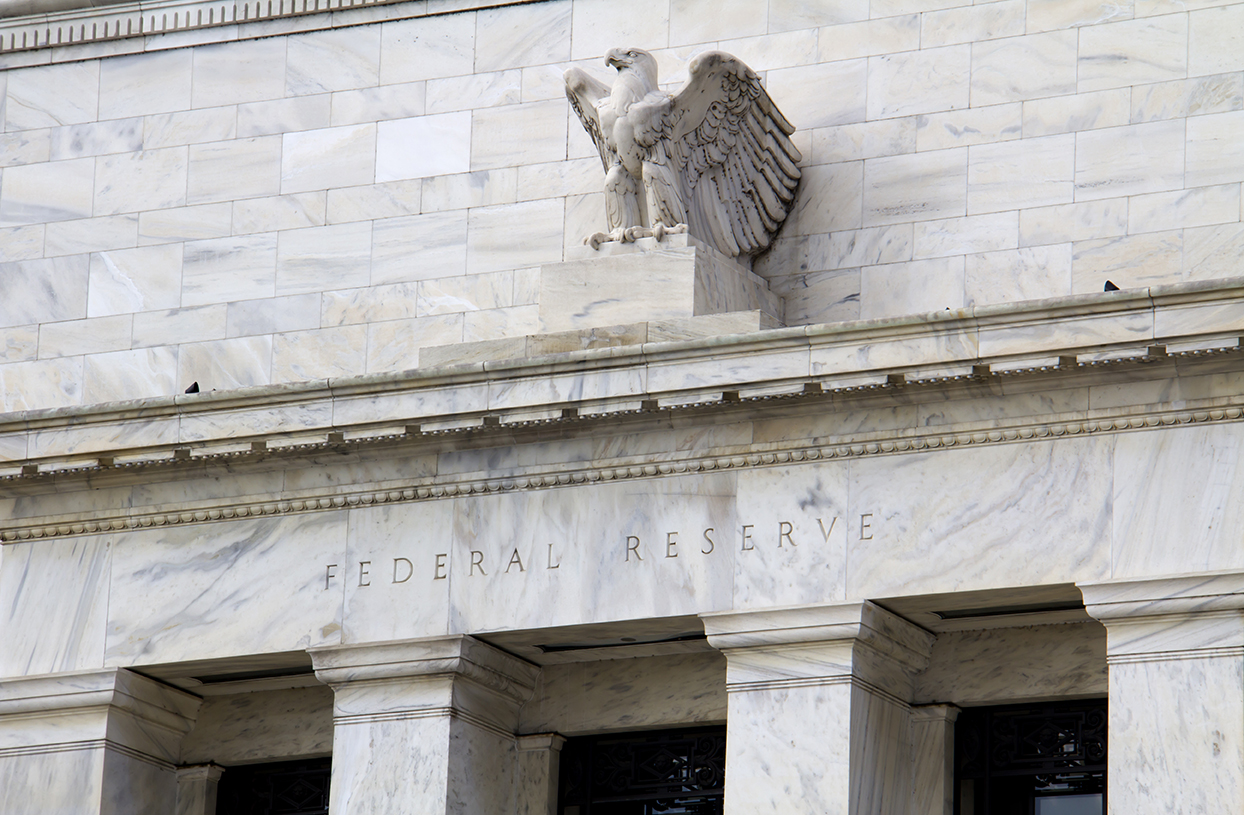Key takeaways:
- Given our outlook that the chance of a recession occurring has increased, we are making appropriate asset allocation adjustments to include more defensive positions
- Real estate is an area that, when managed correctly, can be positioned to provide a degree of downside risk management
- Medical office buildings and cell towers are two high-quality areas within the real estate sector that we identified to potentially withstand a downturn
With a cautious outlook as we move later cycle, we are actively positioning portfolios in case a recession occurs – an increasing likelihood, we believe. This includes making both asset allocation adjustments, as well as tweaks within portfolios to include more defensive positions that we believe can continue driving value should a downturn occur.
Think of it as investing, but from a bit more of a cautious stance.
How Real Estate is Positioned for This Downturn
A downturn is difficult on all financial assets, even defensively positioned ones. Real estate is no exception, and it has at times underperformed during the deflationary-driven recessions. But unlike past examples, we believe that with an active approach there are still opportunities to be found.
The driving force behind the economic weakness is a result of the negative effects of historically high inflation. If we compare this inflationary-driven environment to a similar one from the 70s and 80s, it was a period that saw public REITs, private real estate, and home prices all outperform the broader equity markets, a very encouraging historical sign and something that we think may be repeatable today.
Real estate can perform well during challenging, inflationary times like today because steadily rising prices make it difficult to build competitive new real estate supply. Costs are rising, and wages are rising too, making new construction more expensive and resulting in rising rents on existing real estate. Taking that insight and pairing it with other factors, we have identified two areas that we deem as high-quality (i.e., sustainable growth and higher return on invested capital): medical office buildings and cell towers.
Medical Buildings
It doesn’t matter how good or bad the economy is doing, people are always going to get sick and need help getting better. Medical office buildings are an area of real estate that we believe are well positioned because of their demand and longevity. These office spaces are purpose-built for a variety of medical practices on, or adjacent to, a hospital campus to provide care at a lower cost than if the patient was treated at a hospital. This has resulted in a trend of ‘offloading’ surgeries and care to these medical office buildings.
Given the built-in demand for these properties as alternative ways to provide necessary healthcare, the need for these spaces will carry on for years to come. As a result, medical office buildings with long-term leases will be able to generate growth in many environments, creating an apt, stable investment in the real estate sector, and a place where we are tactically finding some value.
Cell Towers
Quite the opposite of health care is cutting edge technology, and in this case, 5G cellular in particular. This new wireless network not only generates lightning-fast speeds, but it is also providing unique opportunities within real estate. The secular growth in mobile data traffic and the subsequent development of 5G network by carriers sets the stage for cell towers and sites over the long-term. In order to deploy and implement the new network, the 5G spectrum requires new cell site equipment on towers, which we expect will generate additional lease-amendment revenue for tower owners. The 5G spectrum also reduces cell site ranges compared to 4G spectrum, requiring carriers to add additional cell towers and sites.
5G has been a highly anticipated network advancement with a lot of promises. In return, carriers have committed to bringing this fast network to their customers. For the cell tower REITs, this commitment amounts to what we anticipate to be annual organic net operating income growth over the next 5 to 10 years. The best part? We believe this rate could be sustainable during a recession. Between the logistics of prepping existing towers for the new network and the lifespan of it, the long-term value is promising.
No matter the sector, economic cycle, or outlook, there will always be investment opportunities. The differentiating key to success is the commitment to an active approach and dedicated process to discover, vet, and appropriately allocate those opportunities.
Our research team continues to monitor these topics and more. If you’re interested in hearing more of our monitoring points and views on an array of investing themes, then subscribe to our insights.
This material contains the opinions of Manning & Napier Advisors, LLC, which are subject to change based on evolving market and economic conditions. This material has been distributed for informational purposes only and should not be considered as investment advice or a recommendation of any particular security, strategy, or investment product.



